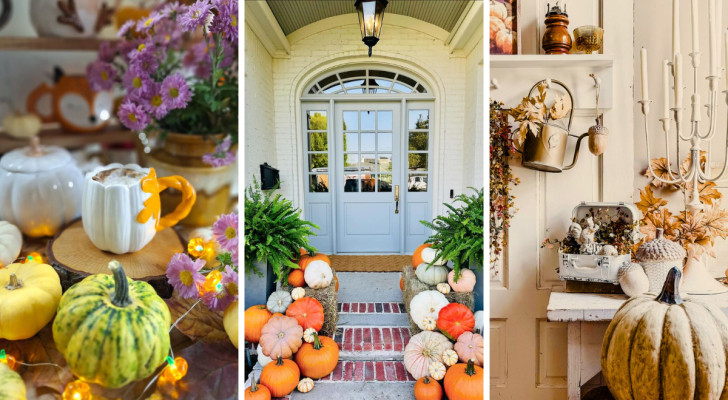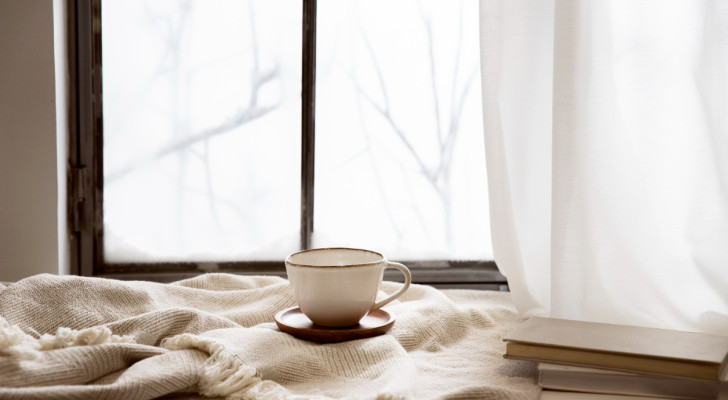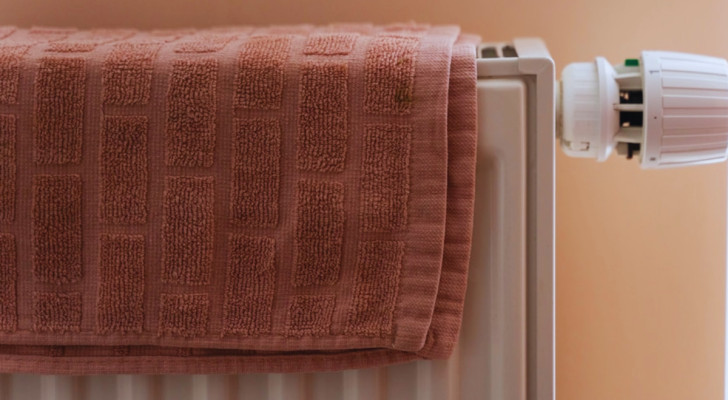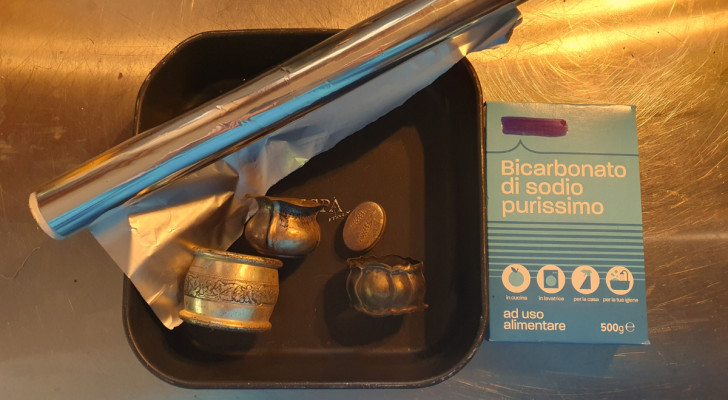Complete your garden design project with flowerbed borders: some useful advice
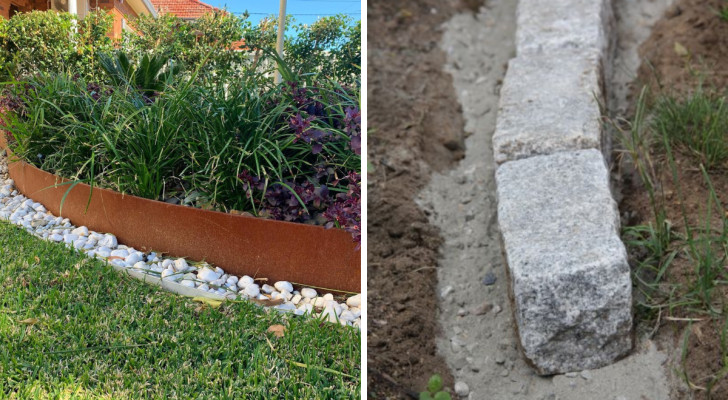
Just like in the home, when designing a garden there are secondary details to consider, without which, a project cannot be considered as completed. One of these secondary details in the garden are the borders.
Borders can be used to mark out flowerbeds, pathways, water feature edges and more. Let's check out some bordering options that might be suitable for you:
Square stone boarders
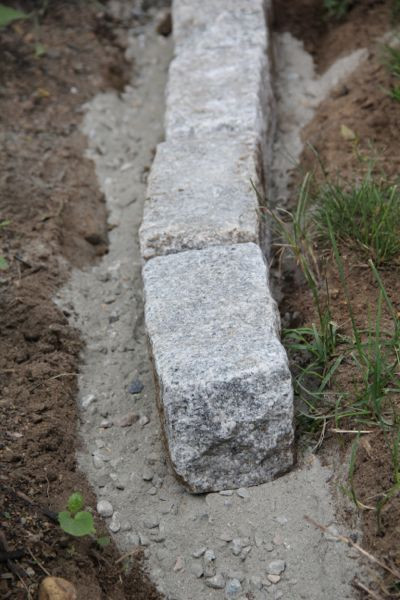
Tutorial via aconcordcarpenter.com
Squared bricks - cut from granite, slate, river rocks, limestone or some other natural material - are ideal for boardering a flowerbed, for example.
There are many types of stone that can be cut into square bricks, as mentioned above. The best thing to do is inform yourself about their various pros and cons before making a choice. An obvious choice would be to use rock which is local/native to your area.
Natural rocks
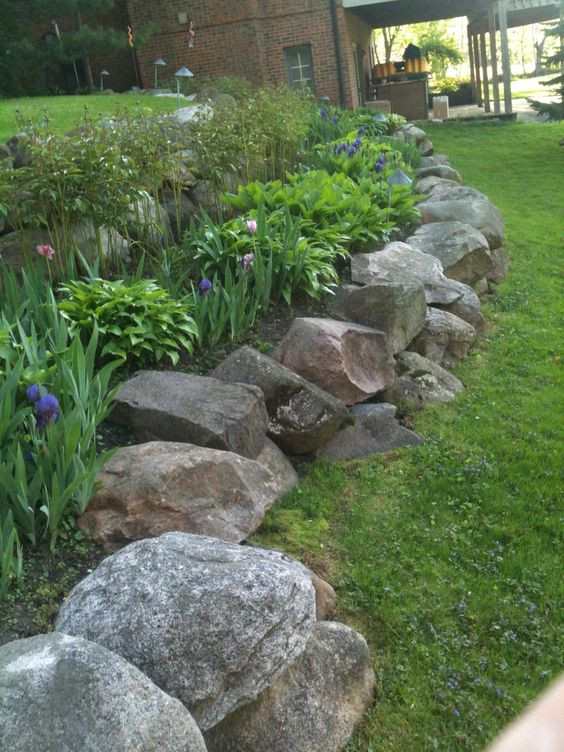
For a more natural look, you can opt to use rocks that have not been cut and still have their "natural" appearance. Again, using local rocks is probably the best choice. This does not mean, of course, that choosing more "exotic" materials should be ruled out!
Bricks

"Normal" construction bricks can also be used to create beautiful borders: these have the advantage of being smoothly edged, allowing a lawnmower to easily pass by/over them. This ensures neat edging and without any risk of damaging the blades of your lawnmower!
Useful tips when designing borders
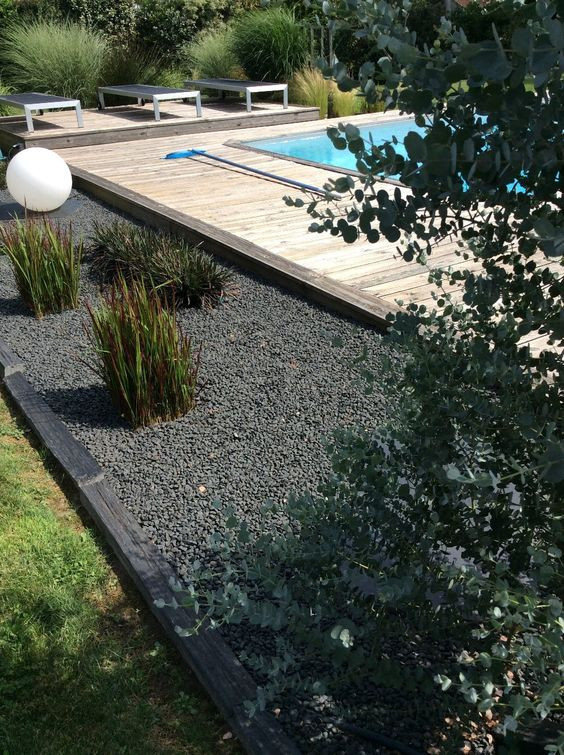
The height of the border depends on a number of factors: for flowerbeds and paving, low (or even flush) bordering can be used. This low bordering makes flowers more visible and pathways more user-friendly (and easier to maintain).
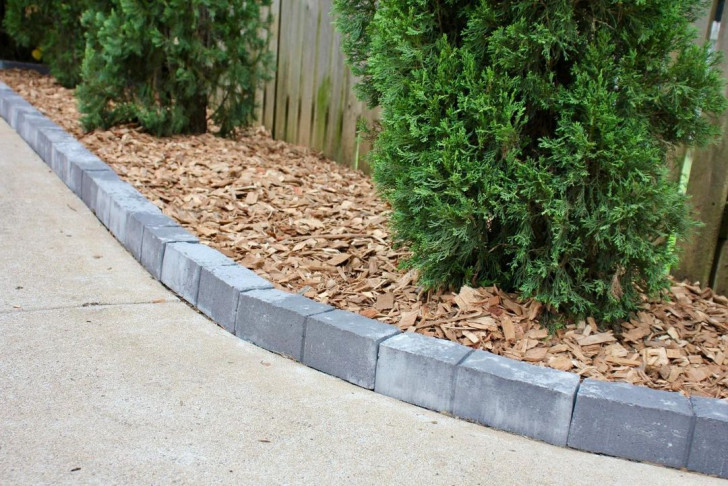
However, for a raised flowerbed, or if on a slope, the border will need to act to hold back soil (a bit like an embankment). In this case, the border will need to be higher to perform this function.
Metal borders
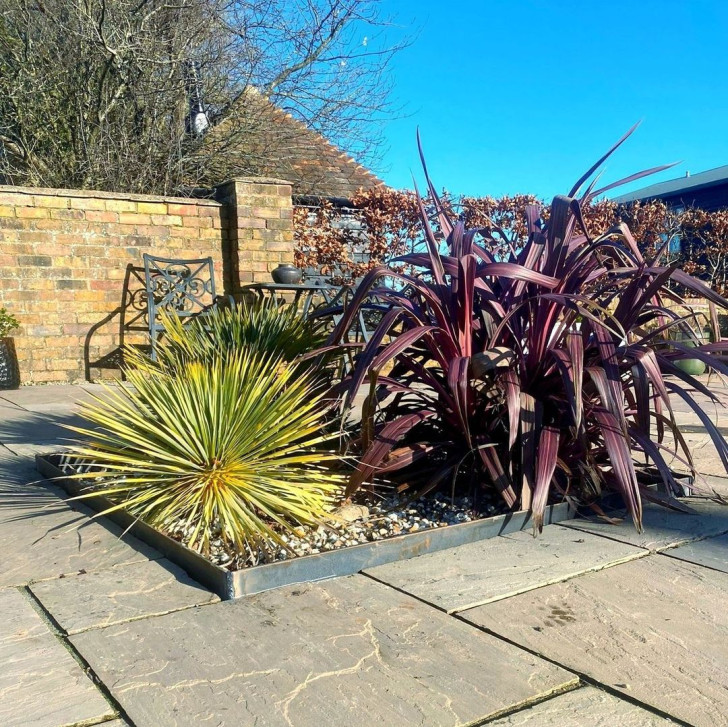
For a more modern look, you can get thin and very decorative borders, made from metal plates that are placed vertically, into the ground with a few centimeters showing.

One of the most popular metals for this type of border is corten steel - a material patented in the United States in 1933. This metal is very resistance to corrosion and mechanical stress earning it the nickname "the metal that lives". During the oxidation process, this metal is covered with a porous external patina of rust and has an internal layer rich in copper, chromium and phosphorus that is waterproof. As a result, over time, the metal changes color from an orange tone to a dark, brown-red.
How would you like to create the borders in your garden?
